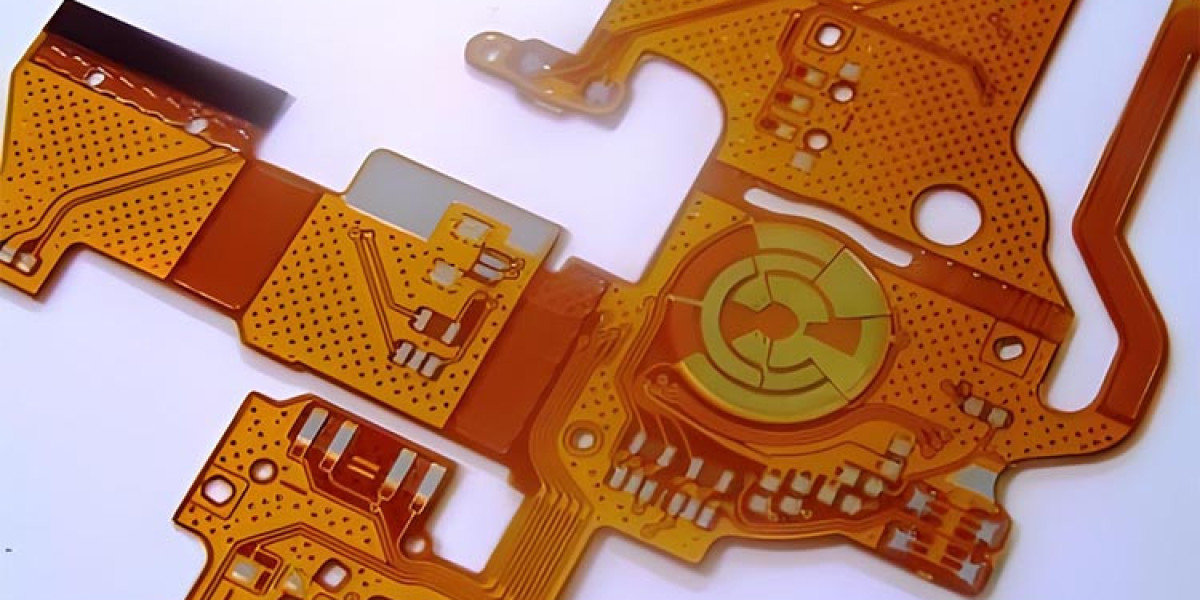Introduction
In the evolving landscape of printed circuit board (PCB) manufacturing, the selection of materials and techniques is pivotal to achieving the desired balance between durability, flexibility, and performance. Among these materials, the PCB overlay plays a crucial role, particularly in flexible and rigid-flex PCBs. This article delves into the significance of overlay in PCB design, exploring its types, applications, and the benefits it brings to the overall performance of PCBs. By understanding the nuances of overlay usage, engineers can make informed decisions that enhance the reliability and functionality of their PCB designs.
1. What is PCB Coverlay?
PCB overlay, often referred to simply as "overlay," is a protective layer used primarily in flexible PCBs and rigid-flex PCBs. It consists of a polyimide film coated with an adhesive layer that is laminated onto the copper traces of the PCB. This overlay serves multiple functions: it provides insulation, protects the circuit from environmental factors, and maintains the mechanical integrity of the flexible board. In flexible circuits, where bending and flexing are common, the overlay prevents cracks and other forms of damage that could compromise the circuit's reliability.
2. Types of PCB Coverlay Materials
There are several types of materials used in PCB overlay, each chosen based on the specific requirements of the application:
Polyimide Coverlay: The most commonly used material due to its excellent thermal stability, flexibility, and dielectric properties. Polyimide overlay is ideal for applications requiring high-temperature resistance and long-term durability.
Polyester (PET) Coverlay: While not as heat-resistant as polyimide, polyester coverlay is used in less demanding applications where cost is a significant factor. It offers good mechanical protection but may not be suitable for high-temperature environments.
Liquid Photoimageable (LPI) Coverlay: This type of coverlay is applied as a liquid and then cured using ultraviolet (UV) light. LPI overlay allows for finer detail and more complex patterns, making it suitable for high-density PCB designs.
3. The Role of Coverlay in PCB Manufacturing
In PCB manufacturing, overlay acts as both a protective barrier and a structural component. It protects the copper traces from oxidation, moisture, and physical damage while allowing the flexible PCB to bend and twist without breaking. Additionally, overlay contributes to the overall dielectric properties of the PCB, ensuring that signals are transmitted efficiently without interference. The adhesive used in the overlay must be carefully selected to match the thermal and mechanical properties of the PCB, as any mismatch can lead to delamination or other failures during operation.
4. Benefits of Using Coverlay in Flexible and Rigid-Flex PCBs
The use of overlay in flexible and rigid-flex PCBs offers several key advantages:
Enhanced Durability: Coverlay provides a robust layer of protection, significantly increasing the lifespan of flexible circuits by preventing wear and tear during regular operation.
Improved Flexibility: By maintaining the integrity of copper traces during bending and flexing, overlay ensures that the PCB can withstand repeated mechanical stress without degradation.
Thermal Stability: High-quality overlay materials like polyimide offer excellent thermal stability, making them ideal for applications exposed to extreme temperatures.
Chemical Resistance: Coverlay materials are often resistant to chemicals, which is crucial in environments where the PCB might be exposed to corrosive substances.
Aesthetic and Functional Value: In addition to providing protection, overlay can also enhance the aesthetic appeal of the PCB by masking the underlying circuitry and giving the board a finished look.
5. Challenges in Coverlay Application and Solutions
Applying overlay to a PCB involves several challenges, particularly in ensuring that the overlay adheres properly to the board and does not interfere with the PCB's functionality. Common issues include:
Air Bubbles and Voids: During the lamination process, air bubbles or voids can become trapped between the overlay and the PCB surface. These defects can compromise the insulation and mechanical protection provided by the overlay.
Delamination: Poor adhesion between the overlay and the PCB can lead to delamination, where the overlay separates from the board. This can occur due to thermal cycling, mechanical stress, or inadequate adhesive quality.
Alignment Issues: Precise alignment of the overlay is critical, especially in PCBs with fine-pitch components. Misalignment can lead to short circuits or other functional failures.
Solutions: Vacuum Lamination: Using vacuum lamination techniques can help eliminate air bubbles and ensure a uniform bond between the overlay and the PCB.
High-Quality Adhesives: Selecting the right adhesive with compatible thermal and mechanical properties is crucial to preventing delamination and ensuring long-term reliability.
Precision Equipment: Utilizing precision equipment for the alignment and application of overlay can reduce the risk of misalignment and improve overall manufacturing yield.
Conclusion
PCB overlay is a critical component in the design and manufacturing of flexible and rigid-flex PCBs. By providing protection, insulation, and structural support, overlay enhances the durability and performance of these circuits, making them suitable for a wide range of applications. However, the successful application of overlay requires careful material selection, precise manufacturing techniques, and an understanding of the potential challenges involved.
Gekun's advanced overlay solutions set a benchmark for quality and performance in the industry. With our expertise and commitment to innovation, we help engineers and manufacturers achieve superior results in their PCB designs.








